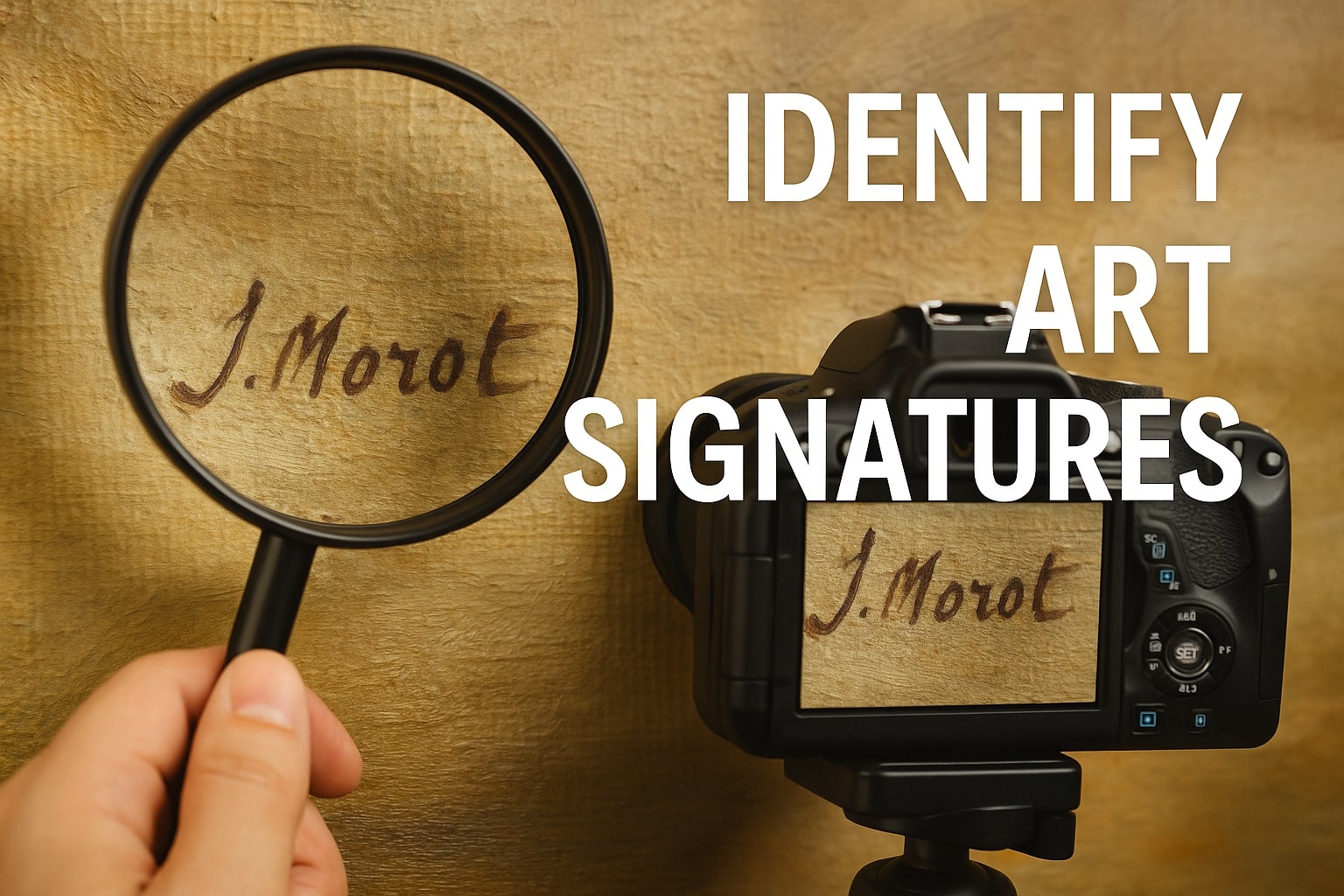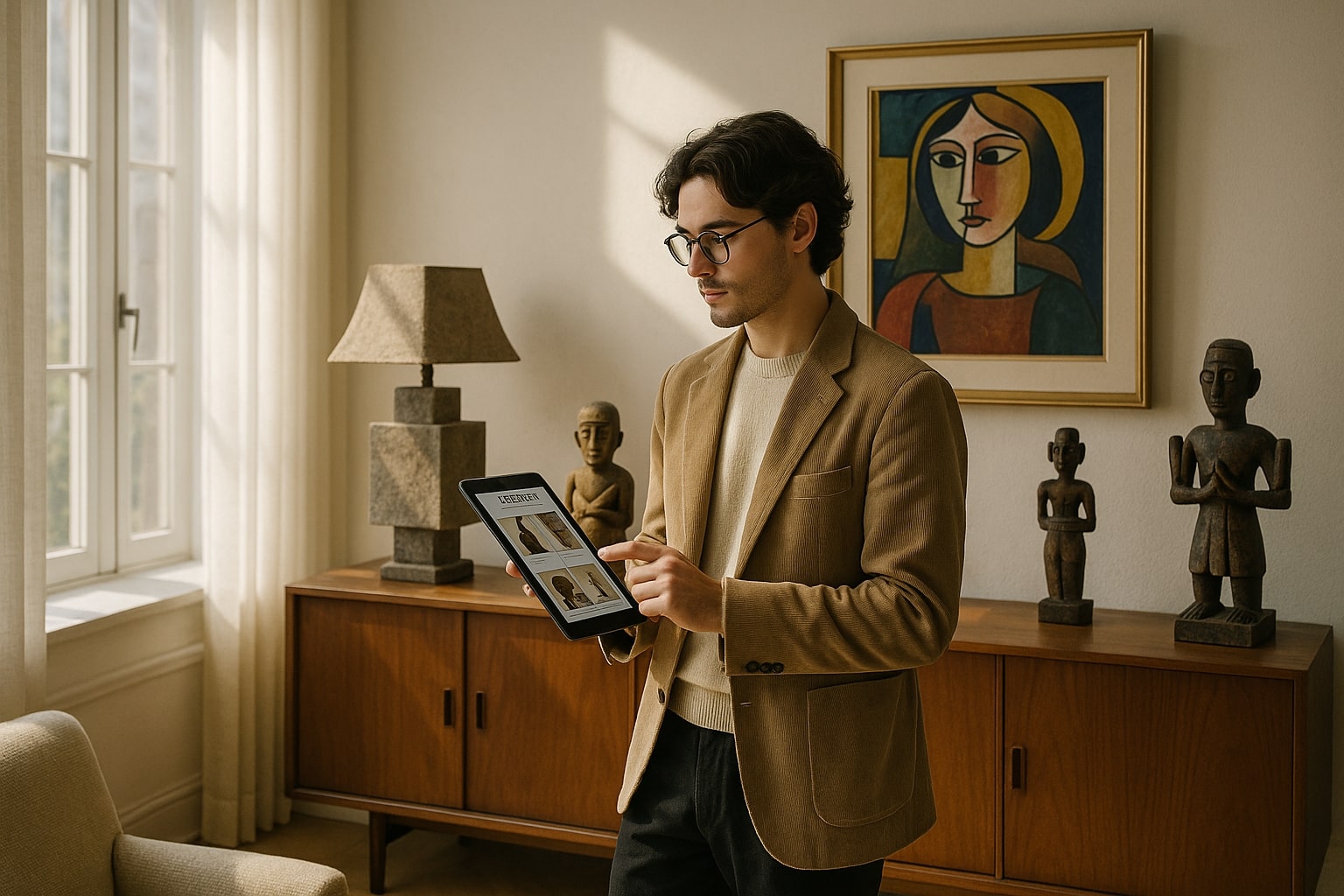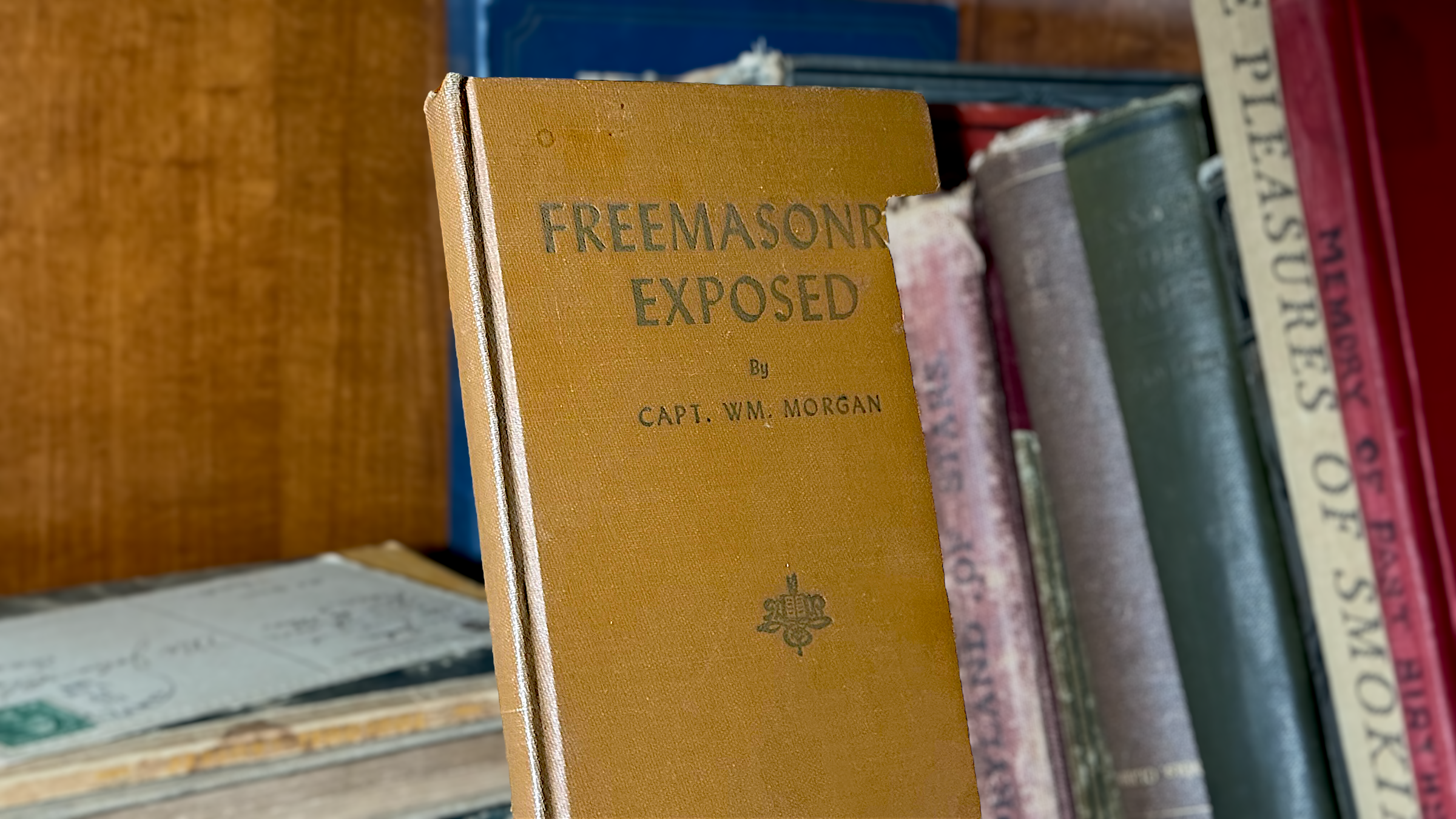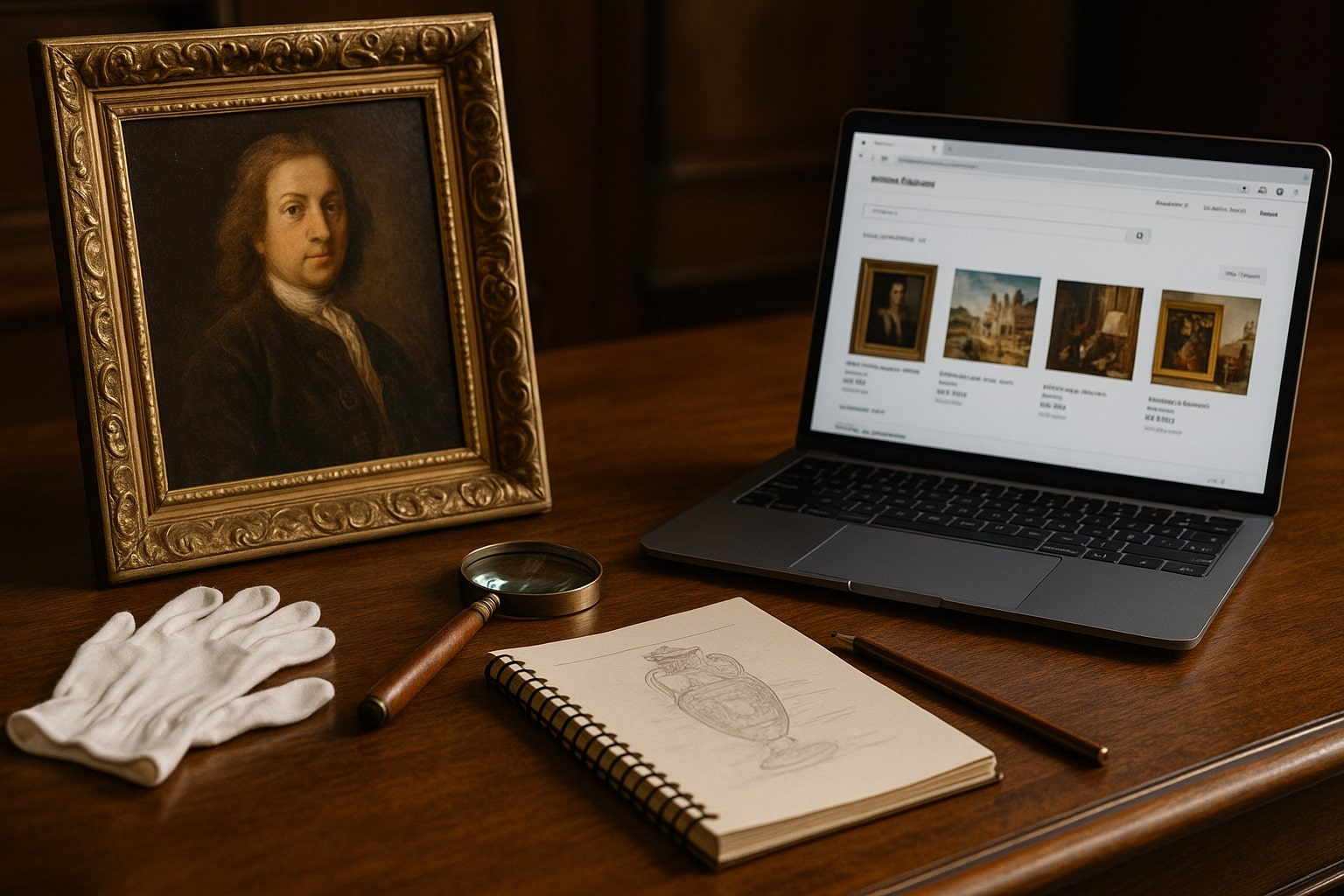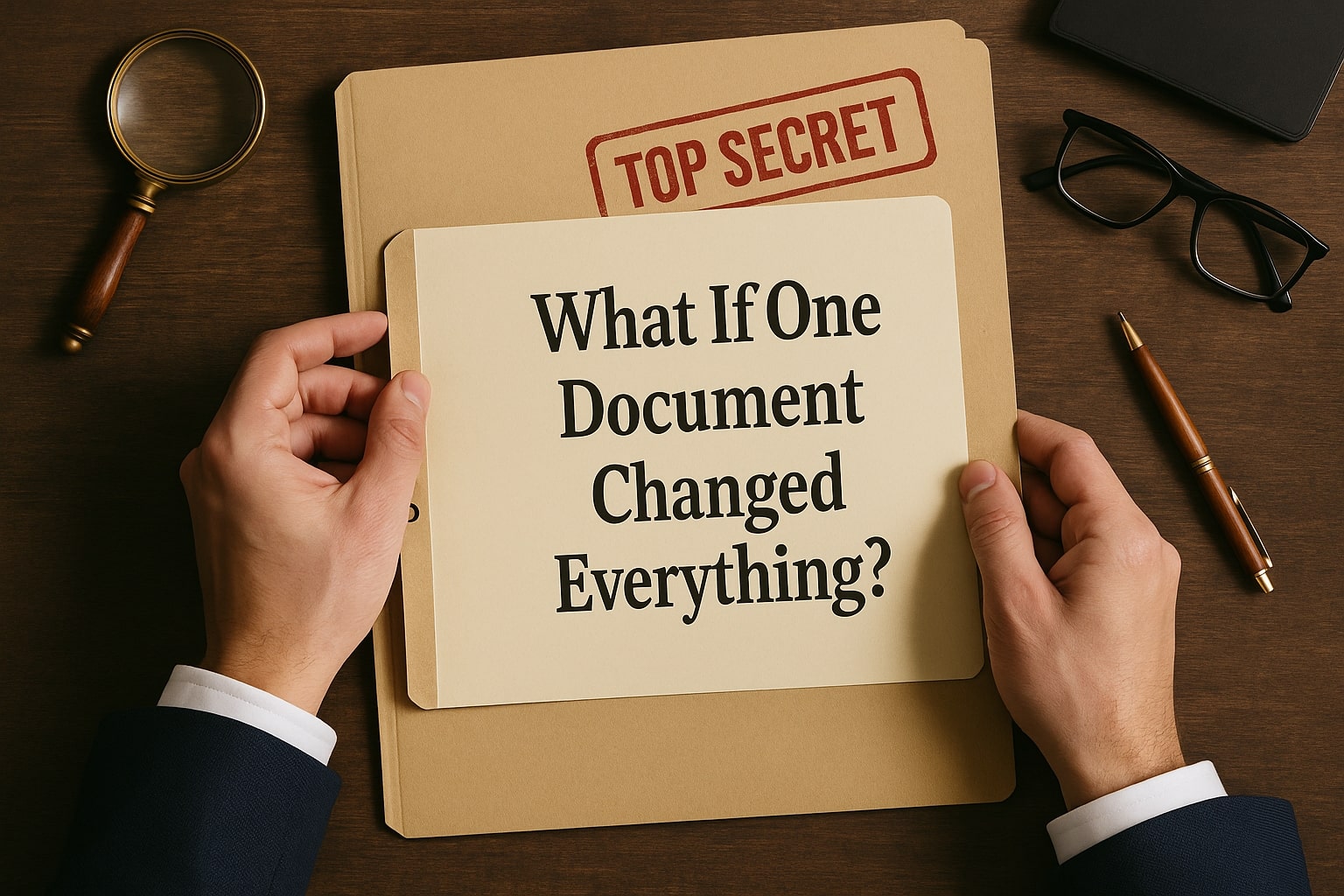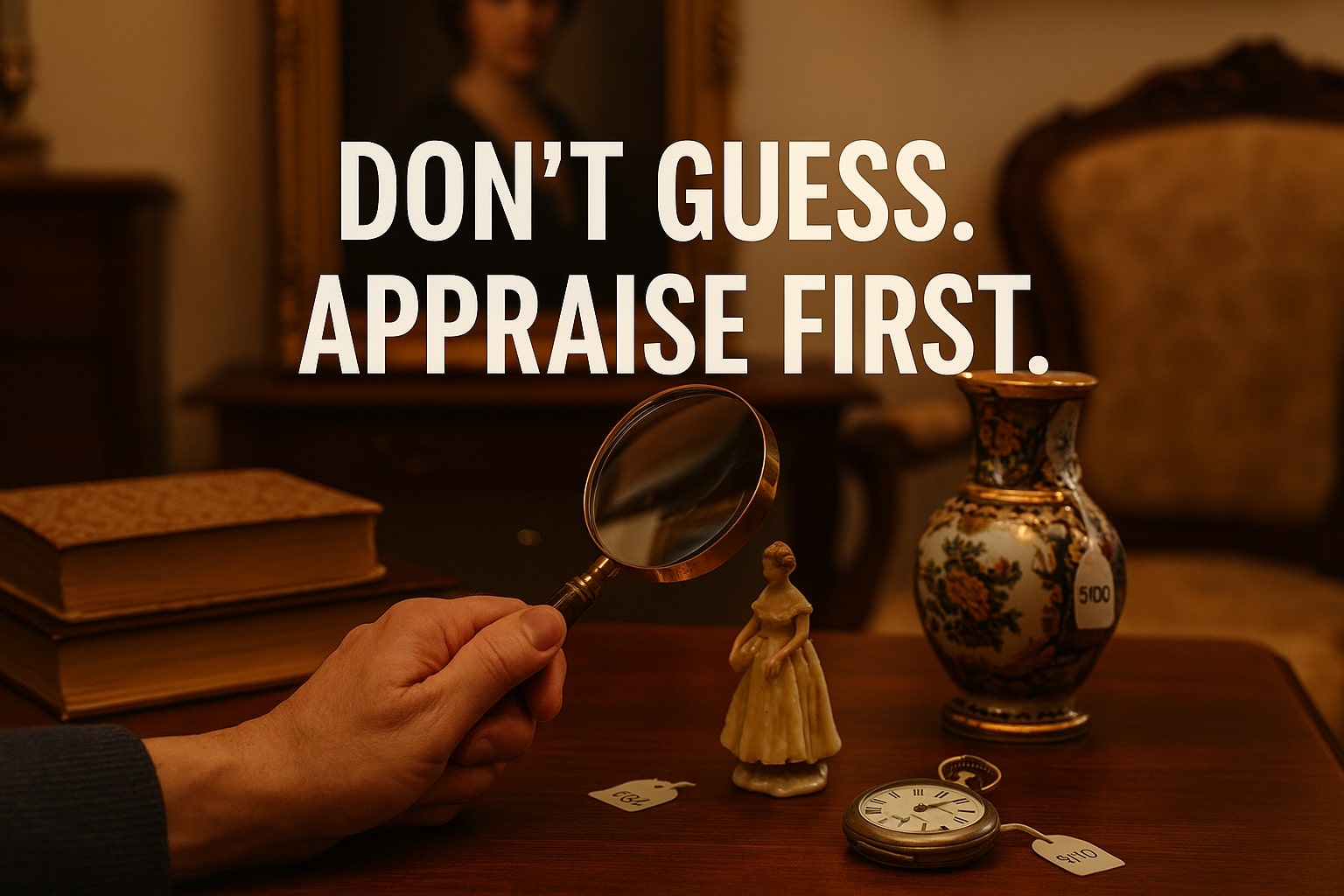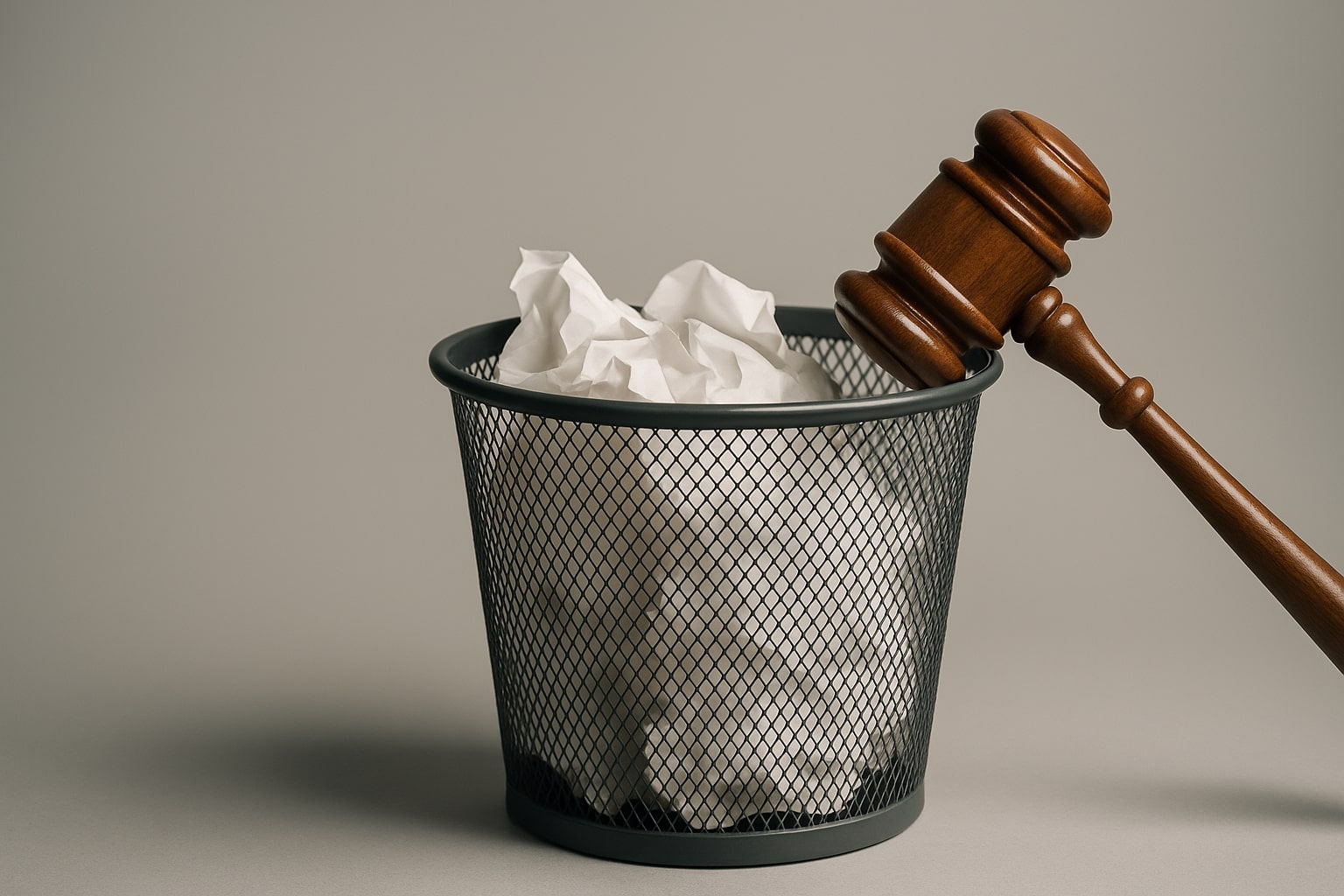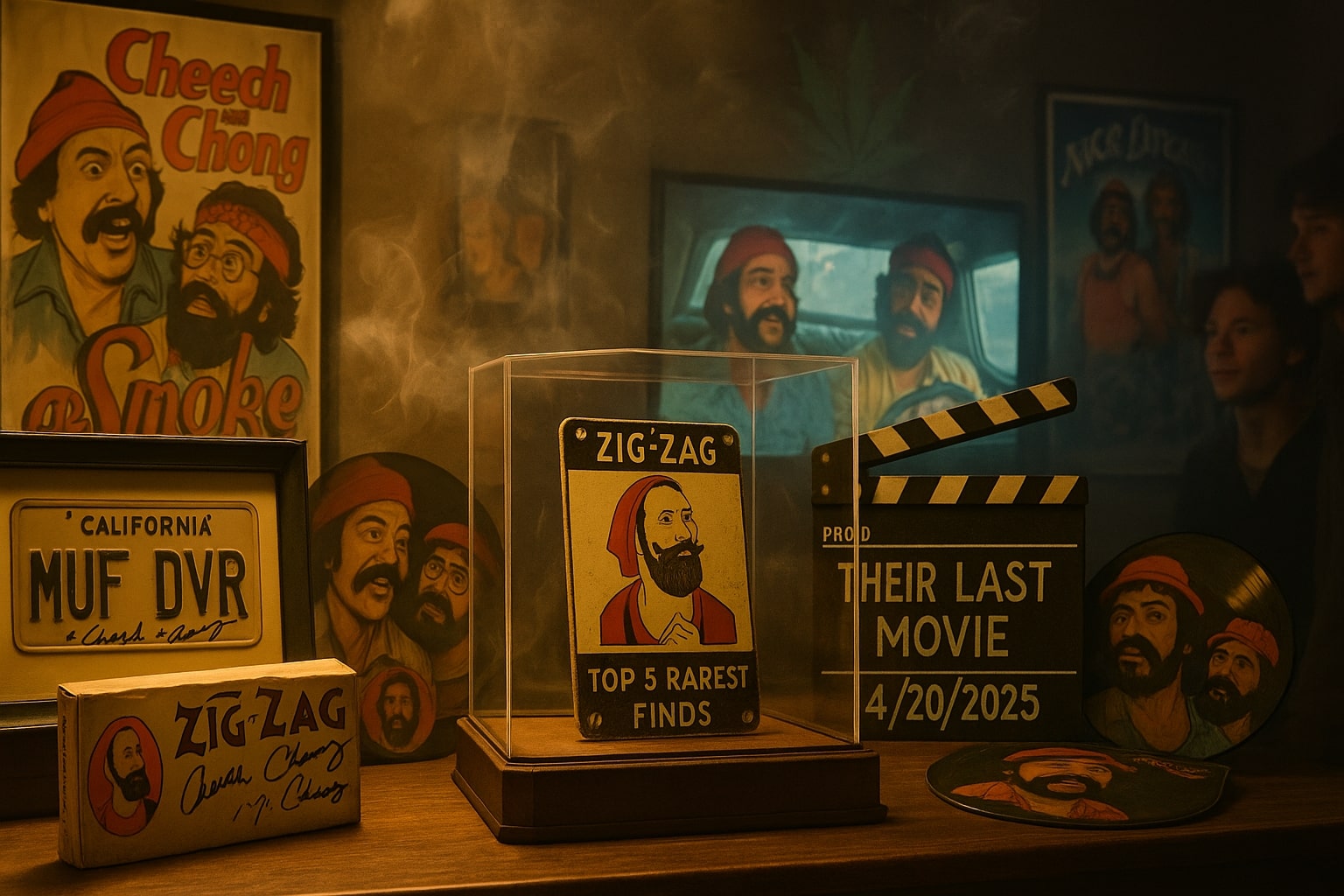How to Identify Unknown Art Signatures and Artists in 2025: A Complete Guide
Identifying mysterious signatures on artworks in 2025 requires more than just a sharp eye—it demands digital tools, methodical research, and sometimes, expert help. Whether you’re a collector, dealer, or curious enthusiast, this guide walks you through a modern workflow for discovering the artist behind the brush. From high-resolution photography and image search engines to AI-assisted signature matchers and art community forums, here’s how to decode any signature—even if it’s barely legible.
And when all else fails, Goodson Gallery’s Quick ID Service is available to take over. We specialize in identifying signatures using advanced databases, forensic tools, and real human expertise—fast.

Step 1: Photograph the Signature the Right Way
A poorly lit or blurry photo wastes time. Start by capturing clear, high-resolution images using:
- A macro lens or smartphone with a good macro mode
- A tripod to stabilize your camera
- Adjustable LED lights or a softbox for diffused lighting
- Optional: A polarizing filter to reduce glare on varnished paintings
Ensure you photograph:
- The full signature close-up
- The entire artwork (for context and provenance)
- The back of the canvas or frame if any markings are visible
Pro Tip: Wear gloves and handle artwork on a clean, padded surface to prevent accidental damage.
Step 2: Use Signature Databases for Comparison
Once you’ve got a clear image, try searching it in reputable online databases. These platforms allow you to visually compare signatures against vast libraries of documented examples:
- Artists’ Signatures: One of the largest visual signature databases available
- FindArtInfo: Also includes auction records and biographical data
- Art Signature Dictionary: Features historical signatures, monograms, and signature evolution
These resources help match letter shapes, styles, and flourishes with known examples, but note that signature styles often change across an artist’s life.
Step 3: Use Reverse Image Search Engines and AI Tools
If signature databases don’t turn anything up, try visual recognition tools that use AI to identify similar artworks or signatures:
- Google Lens: Upload your signature photo and search visually across the web
- TinEye: Ideal for finding duplicate or visually similar images
- Art Recognition: AI-driven software designed to validate artworks using neural networks (paid service)
- Hephaestus Analytical: A newer player using machine learning to compare brushstroke dynamics and signatures
These tools help connect stylistic patterns and even detect forgeries based on minute brushstroke inconsistencies or signature pressure variations.
Step 4: Analyze the Signature in Its Artistic Context
Every signature is more than just a name—it reflects cultural influence, era, and the artist’s mindset. Ask yourself:
- Is it minimalist or ornate?
- Does it feature motifs from a specific culture or period?
- Could it relate to a known artistic movement?
| Signature Type | Emotional Tone |
|---|---|
| Flowery Baroque Script | Heritage, grandeur |
| Modernist Minimal Initials | Boldness, simplicity |
| Symbolic Marks | Mystique, cultural depth |
| Hidden Messages | Playfulness, rebellion |
Matching signature style to artistic periods enhances both authentication and appreciation.
Step 5: Organize and Catalog Your Research
Keep your findings structured using tools like:
- Google Drive or Dropbox: For storing images and notes
- Evernote: Tag signatures, add references, and sync across devices
- Art Galleria: A full inventory and art management platform for professionals
Track metadata like:
- Date of identification
- Signature location on artwork
- Medium and support (e.g., oil on canvas)
- File-naming with artist initials or research stage (e.g., “Unknown_Modern_Sig1.jpg”)
Step 6: Cross-Reference With Artist Biographical Data
Pair visual clues with scholarly sources:
- Books: John Castagno’s “Artists’ Signatures and Monograms” is a classic reference
- Libraries: The New York Public Library’s Art & Architecture Collection and Clark Art Institute offer deep archives
- Online Databases: AskArt, Artnet, and MutualArt
By comparing signatures with known biographical details (such as date ranges, pseudonyms, or regions), you can verify or eliminate candidates.
Step 7: Join Online Art Identification Communities
Sometimes the best insights come from people who’ve seen it before. Here’s where community forums shine:
- Reddit: r/WhatIsThisPainting
- The Art Detective: For public museum collection identification
- Facebook Groups: Search for “Art Signature Help” or “Identify My Painting”
Make sure to:
- Post high-res images (signature + full artwork)
- Mention size, medium, and known provenance
- Stay engaged and respectful
Step 8: Know the Common Pitfalls
Even with all these tools, you’ll run into common problems:
- Signature Variability: Many artists used multiple signature styles throughout their life
- Illegible Marks: Some signatures are stylized, abbreviated, or just initials
- Forgeries: Fakers use craquelure, altered strokes, and pressure mimicry
- Database Gaps: Not all signatures are documented
When you’re stuck, don’t guess—call in expert help.
Step 9: When All Else Fails… Call Goodson Gallery
If your mystery signature still isn’t solved, let Goodson Gallery take it from here.
With over a decade of experience in rare artwork, antiques, and image-based analysis, our Quick ID Service uses:
- Proprietary signature databases
- AI-enhanced image analysis software
- Private archives and auction records
- Human expertise in historical stylistics
📞 Request Signature ID Service Now »
We can usually provide an answer within 48 hours and help you determine:
- The artist’s name
- Biographical details
- Potential value or authentication recommendations
Conclusion: Identify Smarter, Collect Smarter
Signature identification in 2025 isn’t about guessing—it’s about blending technology, context, and expertise. By following this multi-step process and using the right tools, you dramatically improve your odds of identifying even the most elusive signatures.
Still stuck? That’s why we’re here. Reach out to Goodson Gallery and let our team handle the hard part.

